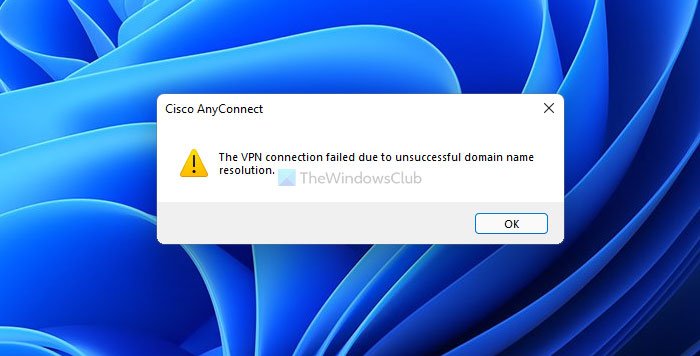Featured
Table of Contents
Anyconnect Vpn Client Troubleshooting Guide

The Routing and Remote Access snap-in lives within the Microsoft Management Console, referred to as the MMC. There are multiple methods to access the MMC. You can choose the console from the Start menu's Programs alternatives, within the Administrative Tools folder within Windows server's Control board or by typing mmc at a command timely.
As Tech, Republic's Brandon Vigliarolo shows within his video at the start of this post, the Services console shows the status of the Routing and Remote Gain access to entry. From within the Providers console and with the Routing and Remote Gain access to entry highlighted, you can click Start the Service or right-click the entry and select Restart.
In some cases the VPN customer and VPN server are set to using different authentication approaches. Validate whether an authentication mistake is the problem by opening the server console. Yet another method of accessing the MMC is to type Control+R to open a command timely in which you can type mmc and hit Go into or click OK.
If the entry isn't present, click File, select Add/Remove Snap-in, pick the Routing and Remote Access alternative from the choices and click Include, then OK. With the Routing and Remote Gain access to snap-in included, right-click on the VPN server and click Properties. Evaluate the Security tab to validate the authentication approach.
Vpn Stopped Working: Here Are 4 Quick Tips To Get It Back
Make sure the VPN client is set to the authentication approach specified within the Security tab. Usually the products just reviewed are accountable for many VPN connection refusal mistakes.
Each Web-based VPN connection generally utilizes two various IP addresses for the VPN client computer system. This is the IP address that's used to develop the preliminary TCP/IP connection to the VPN server over the Web.

This IP address normally has the same subnet as the local network and thus permits the customer to interact with the regional network. When you established the VPN server, you need to set up a DHCP server to designate addresses to clients, or you can produce a bank of IP addresses to designate to customers straight from the VPN server.


If this choice is chosen and the effective remote gain access to policy is set to permit remote gain access to, the user will be able to connect to the VPN. I have actually been unable to re-create the scenario personally, I have heard reports that a bug exists in older Windows servers that can trigger the connection to be accepted even if the efficient remote gain access to policy is set to reject a user's connection.
Fix Vpn Not Working Problems And Issues In Windows 11/10

Another typical VPN problem is that a connection is effectively developed however the remote user is unable to access the network beyond the VPN server. Without a doubt, the most common cause of this issue is that authorization hasn't been granted for the user to access the whole network. To enable a user to access the whole network, go to the Routing and Remote Access console and right-click on the VPN server that's having the issue.
At the top of the IP tab is an Enable IP Routing check box. If this check box is enabled, VPN users will be able to access the remainder of the network, assuming network firewall programs and security-as-a-service settings allow. If the checkbox is not chosen, these users will be able to gain access to only the VPN server, but nothing beyond.
If a user is dialing directly into the VPN server, it's typically best to set up a static route between the client and the server. You can configure a static path by going to the Dial In tab of the user's properties sheet in Active Directory site Users and Computers and choosing the Apply A Static Path check box.
Click the Include Route button and then get in the destination IP address and network mask in the area offered. The metric ought to be left at 1. If you're using a DHCP server to appoint IP addresses to customers, there are a couple of other issues that could cause users not to be able to exceed the VPN server.
Vpn Won't Connect? Try These Solutions
If the DHCP server assigns the user an IP address that is already in use elsewhere on the network, Windows will discover the conflict and avoid the user from accessing the remainder of the network. Another common problem is the user not getting an address at all. The majority of the time, if the DHCP server can't appoint the user an IP address, the connection will not make it this far.
If the customer is appointed an address in a range that's not present within the system's routing tables, the user will be not able to navigate the network beyond the VPN server. Make sure the resources the user is attempting to gain access to are really on the network to which the user is linking.
A VPN connection to the other subnet might, in truth, be required. A firewall or security as a service solution might also be to blame, so don't forget to evaluate those solutions' settings, if such elements exist between the VPN server and the resources the user seeks to reach.
The first possibility is that a person or more of the routers involved is performing IP package filtering. IP packet filtering could prevent IP tunnel traffic. I advise checking the client, the server and any machines in between for IP packet filters. You can do this by clicking the Advanced button on each device's TCP/IP Characteristics sheet, picking the Options tab from the Advanced TCP/IP Settings Properties sheet, picking TCP/IP Filtering and clicking the Properties button.
Latest Posts
Why You Need A Vpn, And How To Choose The Right One
Beginner's Guide To Vpn - Everything You Need [5000+ ...
Best Vpns For Small Businesses (2023)